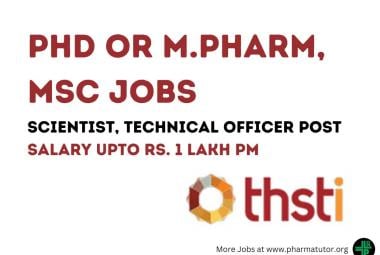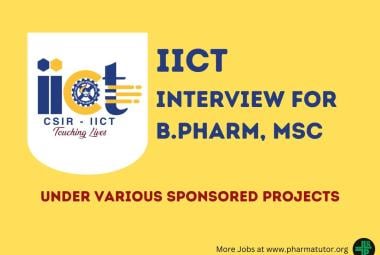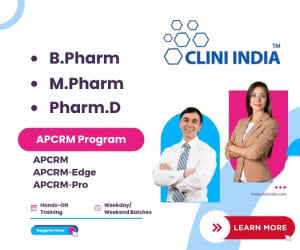REVIEW - QUALITY CONTROL OF PARENTERAL PRODUCTS
About Authors:
Abhijeet Welankiwar*, Sushant Tope
Government college of pharmacy Amravati
Kathora naka, amravati (maharashtra) 44460
*abhi123welankiwar@gmail.com
ABSTRACT:
In a pharmaceutical organization a quality control is a fundamental segment that refers to a process of striving to produce a product by a series of measures requiring an organized effort by entire company to eliminate or prevent error at any stage of production. Quality control deals with testing, sampling, specification, documentation, release procedure which ensure that all tests are actually carried out prior to release of material for sale or use. Until its quality judged to satisfactory. This article deals with quality control of parenteral preparation which have 4 basic area that are Sterility, Freedom form Pyrogens, Freedom from particulate matter and leakers. It gives details on each of these 4 Basic areas. The achievement of sterile, non pyrogenic and particulate free parenteral product provides a significant challenge to ingenuity and creativity of parenteral scientist and technologist.



 About Authors:
About Authors: About Author:
About Author:  About Authors:
About Authors:  About Authors:
About Authors: 







.png)

